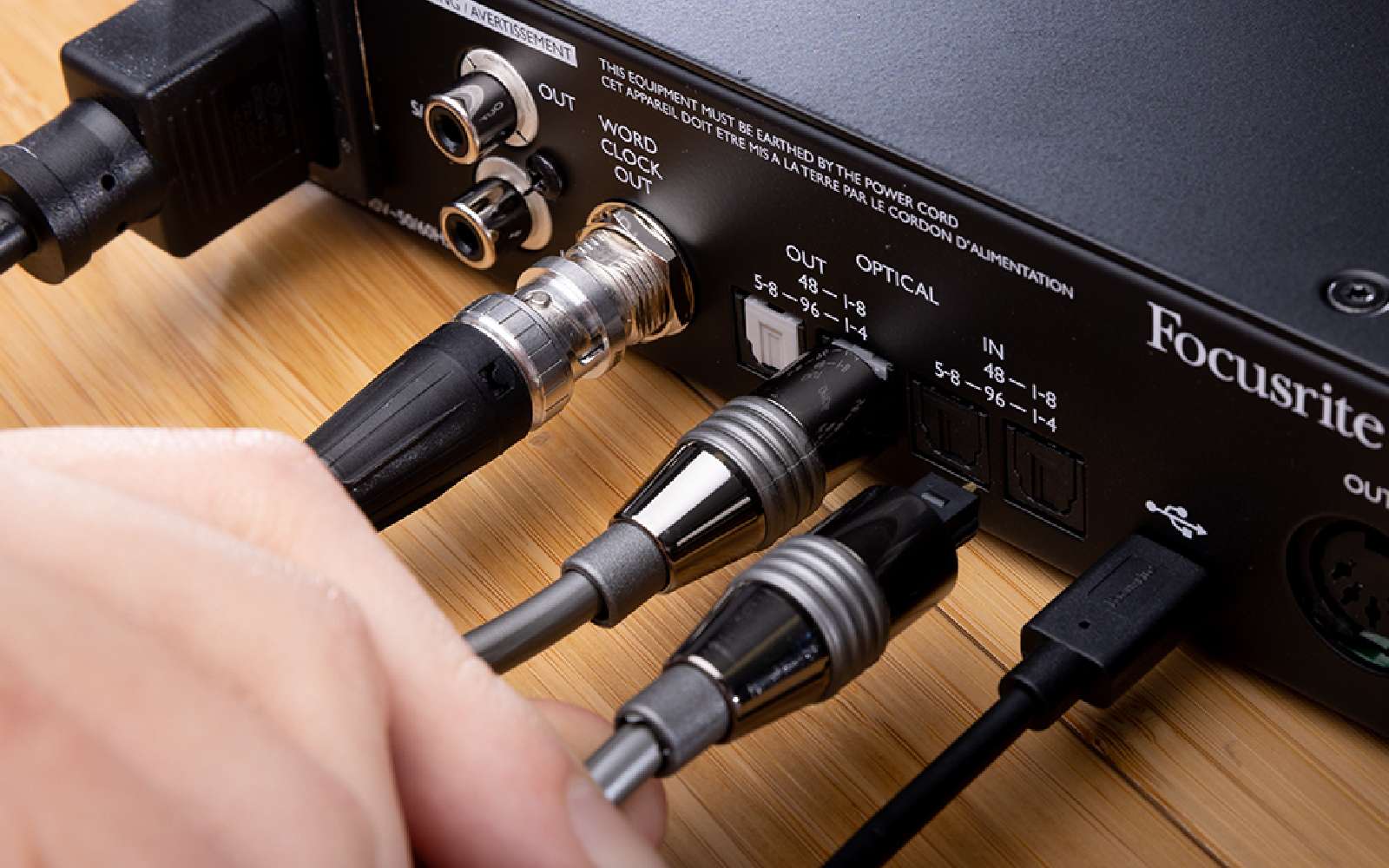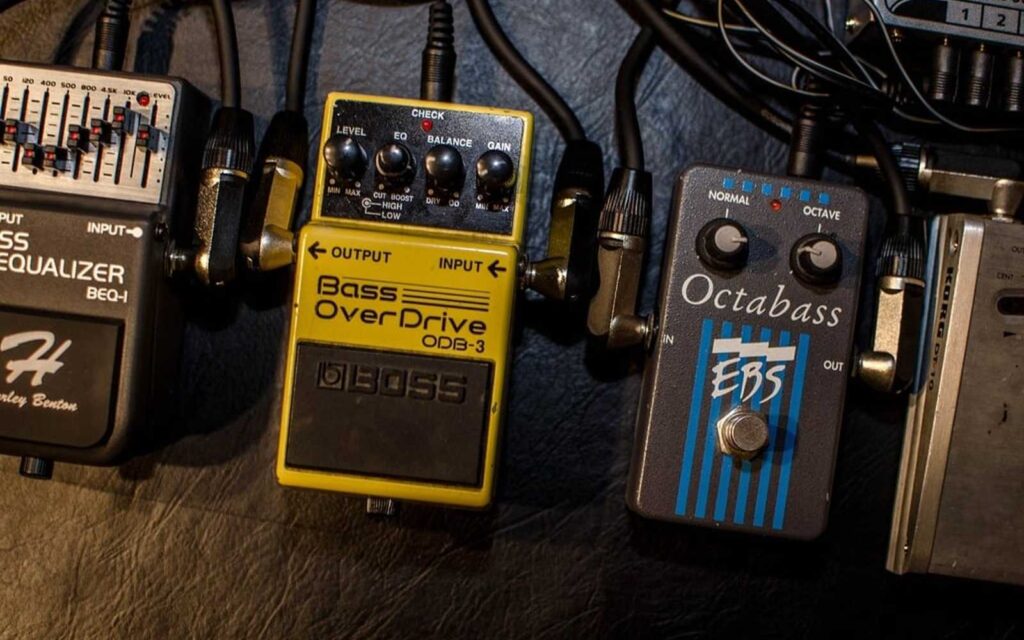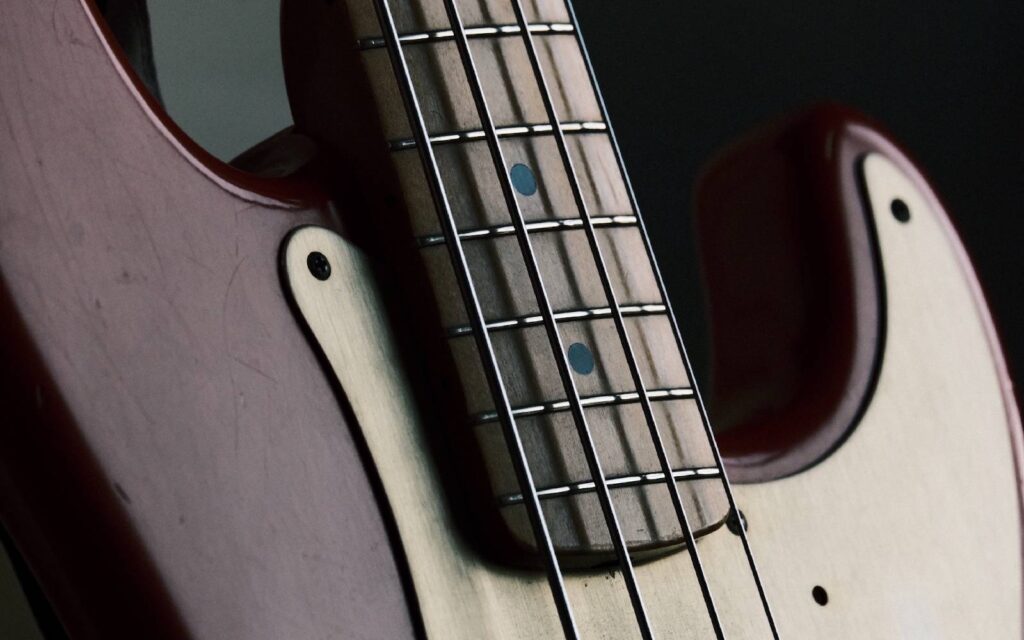Explaining ADAT and how you can harness it!
Whether your audio interface is getting a bit long in the tooth or you simply need more inputs, it doesn’t necessarily need to be the end of the line for your audio interface. There’s these magical, often overlooked connections on a lot of mid-to-high-end interfaces that can save you spending big bucks on a larger and/or more modern unit. I’m talking about ADAT optical connections.
Read up on all the latest interviews, features and columns here.
Alesis Digital Audio Tape format audio is no longer bound to the early ’90s magnetic tape machines it was designed for. Instead it’s become an industry standard optical connection, often called ADAT lightpipe, that’s capable of carrying eights tracks of audio at 24bit, 48kHz quality.
What that means is, an interface that has an ADAT input can accept an ADAT expansion unit with up to 8 analogue inputs. Most often, these units are sold under the name preamps, like the Focusrite OctoPre of the new Arturia 8Pre. This is ideal if you already have a good quality interface but require more analogue inputs for microphones and instruments.
ADAT can also save your interface from landfill if it has an ADAT output. It’s an unfortunate reality that interfaces are reliant on software and technology at the time of their manufacture, and as they age, connections and software become redundant. Firewire interfaces, for example, can be had for peanuts now, as no modern computer comes equipped with that connection standard anymore.
But, as long as your old interface has a standalone mode (no computer connection required to run), and you have a computer capable of connecting to it to adjust its settings, like a MKI Focusrite 18i20 with a USB 2.0 connection, you can put it to work as an ADAT expansion with a more modern interface as the host.
If you record higher resolution audio, like 24bit, 96kHz, you’ll need to make sure your ADAT extension unit features Sample Multiplexing (S/MUX). Unfortunately this will reduce the number of inputs available to 4, as it hits the bandwidth limit of the ADAT format.
Unless your ADAT expansion features the exact same audio to digital converters as the host, there’ll be a very slight difference in latency, but this is likely to be unperceivable to most. Still, it doesn’t hurt to be mindful of keeping your recordings of multitrack instruments (like drums) through one type of AD/DA converter to prevent any (very minor) phasing issues.
Additionally, ADAT opens the door to the opposite of saving money; spending big bucks on high end and boutique preamps like Universal Audio’s 4-710D Four Channel Tone-Blending Pre. It’s an astonishing unit that mixes the best of vintage circuitry and tone with modern convenience. *drools*
Keep reading about ADAT in an audio capacity with our friends at Focusrite.







